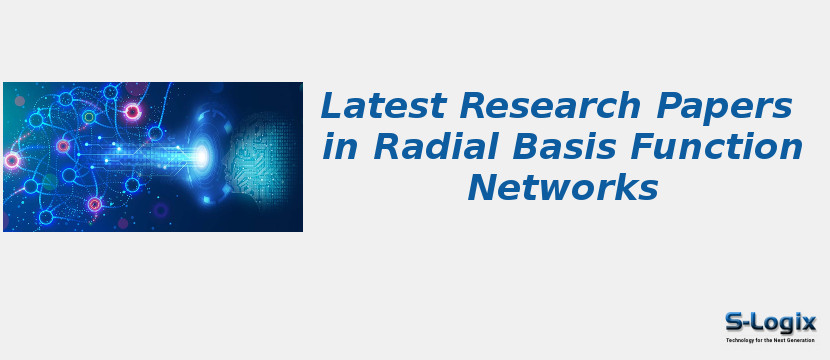Radial Basis Function (RBF) Networks have been widely explored in research as a class of feedforward neural networks that use radial basis functions as activation functions in the hidden layer, offering strong approximation capabilities and fast training for nonlinear problems. Foundational works established RBF networks as universal approximators, and subsequent studies have focused on improving their learning algorithms, such as hybrid training with gradient descent and least squares, orthogonal least squares for optimal node selection, and evolutionary optimization methods for parameter tuning. Research papers highlight their effectiveness in function approximation, pattern recognition, and time-series prediction, with applications ranging from control systems, signal processing, and fault diagnosis to medical data analysis, image classification, and financial forecasting. Recent advances integrate RBF networks with deep architectures, kernel methods, and fuzzy systems to enhance robustness, generalization, and scalability, making them suitable for large-scale and real-time applications in engineering, intelligent systems, and decision support.
